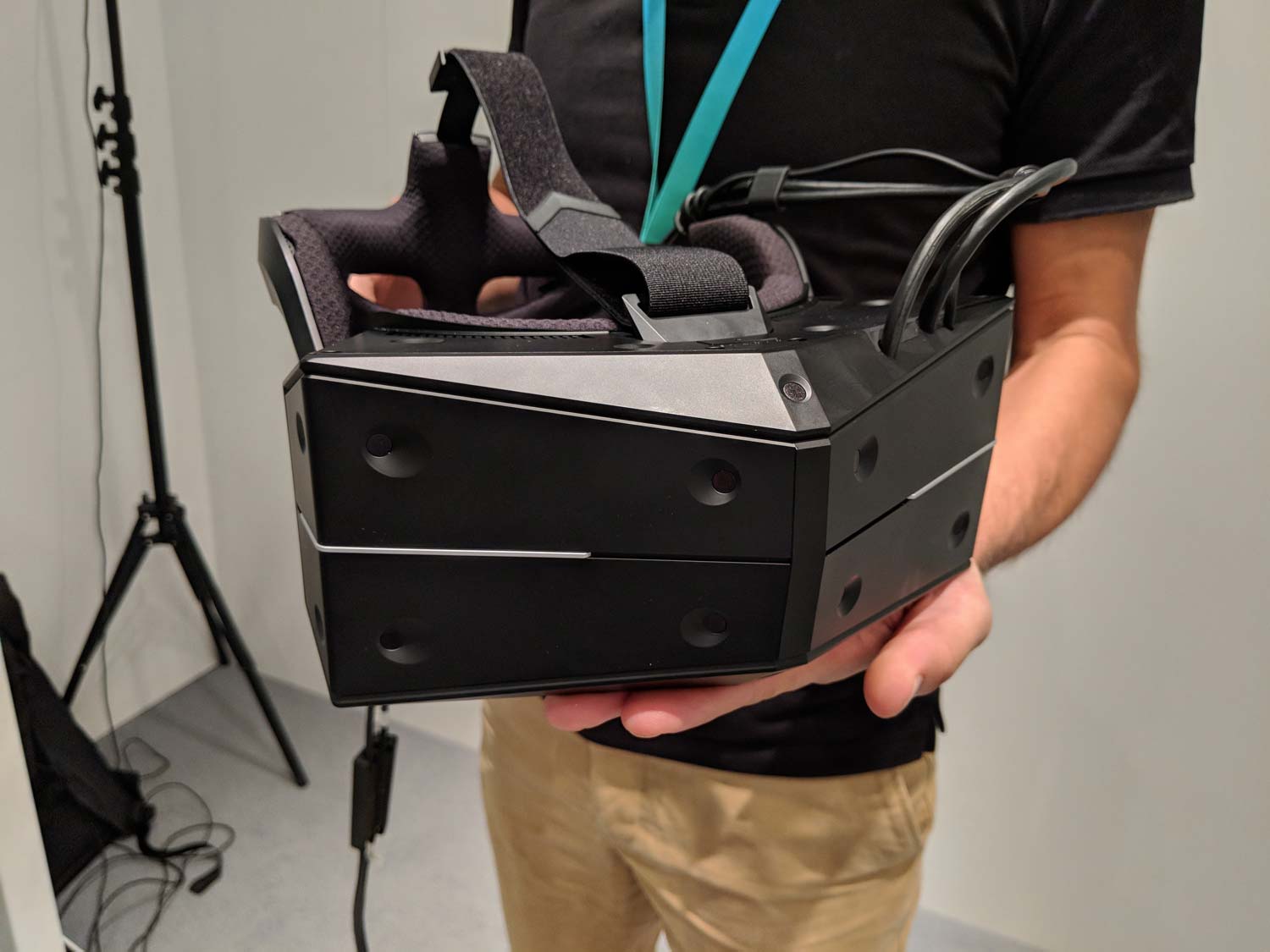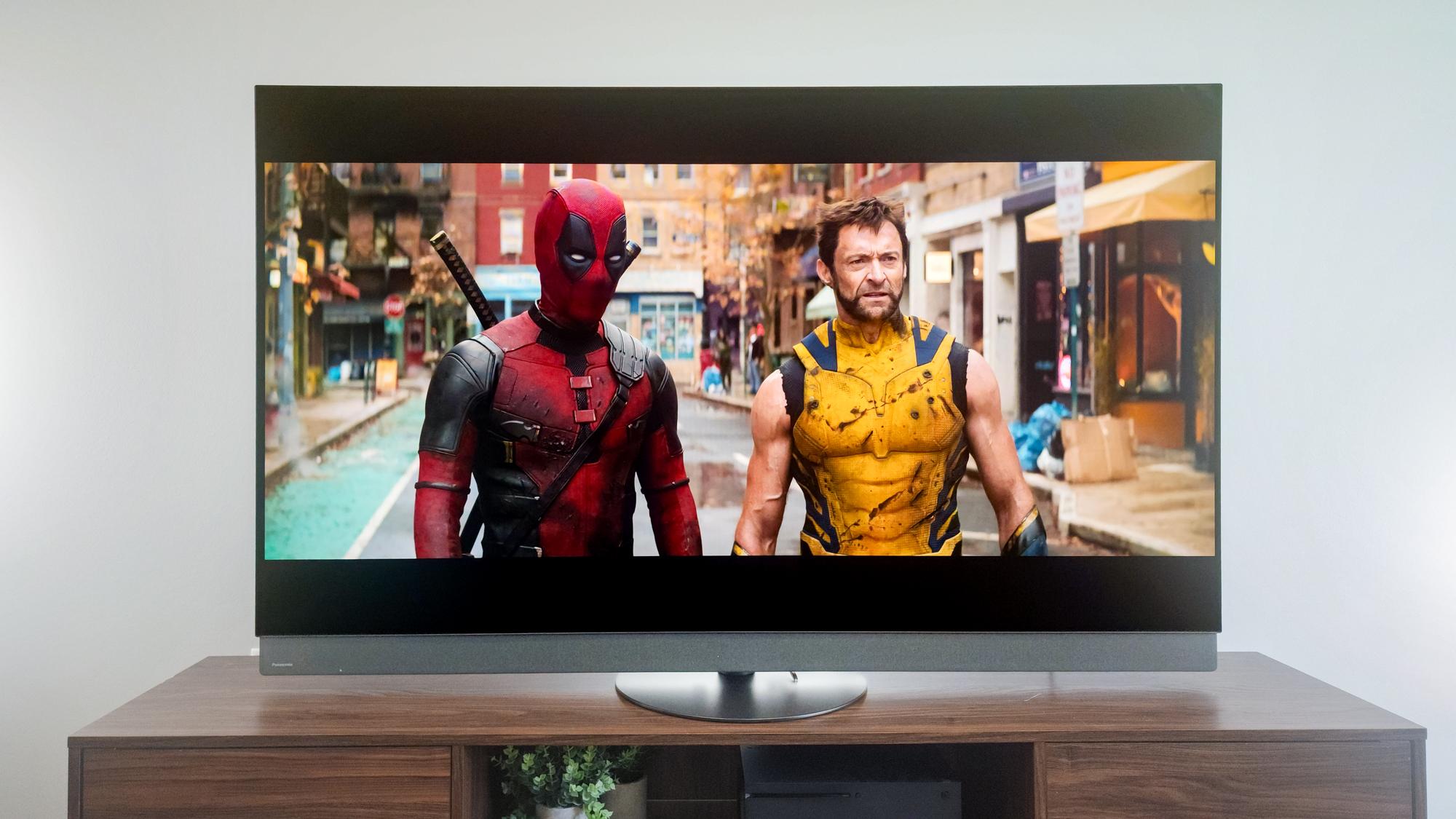StarVR Shows What VR Should Be Like
The StarVR One headset offers a wider field of view and uses full RGB subpixels for a more realistic viewing experience. Now if only those features could reach consumers.
BERLIN — If virtual reality is going to live up to its hype, the viewing experience needs to improve to the point where spending time in the virtual world feels almost as natural as the real one. We're not there yet, but the latest version of StarVR's headset is getting mighty close.

I've been to previous demos with StarVR, which is heavily backed by Acer, and it's certainly been impressive enough. But Star's recently unveiled StarVR One headset has made some pretty noteworthy changes that dramatically improve the VR experience.
MORE: Best VR Headsets
Start with the field of view. The StarVR One delivers a 210-degree horizontal and 130-degree field of view. More conventional headsets top out at 110 degrees. The difference is striking, as I learned in a demo where my field of view was capped at 110 degrees befor expanding to the fuller view the StarVR One provides. The former felt like I was looking through a window, while the latter filled my peripheral vision with the complete scene.
Because the StarVR One headset tracks where my pupils are looking, it uses a technique called foveal rendering. The headset know where I'm looking and puts all its graphics resources into presenting that area. The parts of the scene in my peripheral vision are there, but less focused, requiring fewer processing resources. That approach also mimics how you look at things in the real world.

StarVR also tackles the screen door effect where lines separating pixels become visible, taking you out of the moment. A StarVR rep told me that's caused by subpixels limited to either green and red or red and blue colors. StarVR uses full RGB subpixels for a more natural viewing experience.
The end effect can be quite convincing. With a StarVR headset strapped on, I sat inside a virtual Porsche Cayenne as part of a sales training program StarVR has whipped up. The graphics were detailed enough that I could make out the different textures of the seats and the car's interior. The headset's two GPUs teamed up to prevent a very faithful recreation of the car's interior, even as I changed around the color scheme with the press of a button on the StarVR One handsets.
Get instant access to breaking news, the hottest reviews, great deals and helpful tips.
If there's a bummer here — besides the fact that I could work for a hundred lifetimes and never afford that car — it's that StarVR's headset isn't targeted for home users like you and me. Rather, the company started out focusing on building headsets for entertainment venues, and it's since broadened that focus slightly to include enterprise customers (the aforementioned sales training app being an example). The StarVR One is due out later this year at an undisclosed price.
Still, it's encouraging to see VR take a step forward, even if it is in a headset that targets the enterprise and entertainment crowd. Here's hoping the improvements StarVR made to its headset find their way to the consumer market.
Philip Michaels is a Managing Editor at Tom's Guide. He's been covering personal technology since 1999 and was in the building when Steve Jobs showed off the iPhone for the first time. He's been evaluating smartphones since that first iPhone debuted in 2007, and he's been following phone carriers and smartphone plans since 2015. He has strong opinions about Apple, the Oakland Athletics, old movies and proper butchery techniques. Follow him at @PhilipMichaels.

